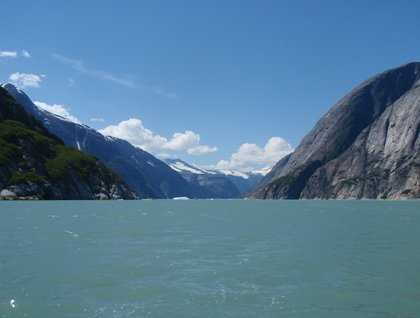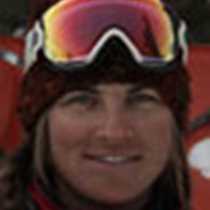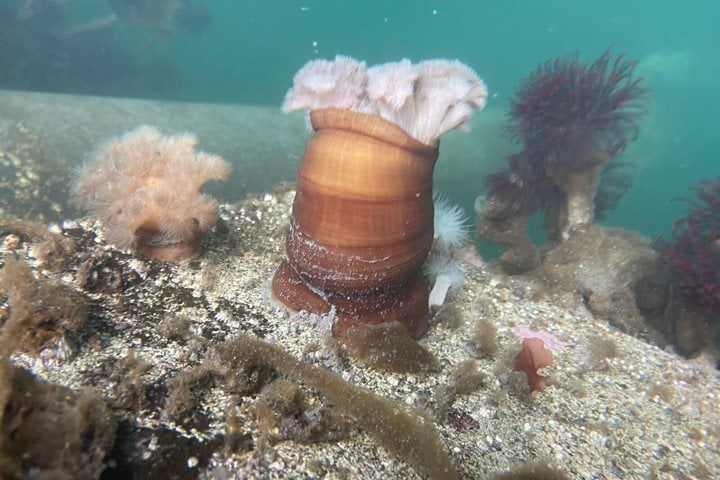Alas, our final day of the voyage aboard the National Geographic Sea Bird has come to a close. Tomorrow we will wake and rub our eyes, blinking through the snapshots of the amazing week we have all shared, wondering if we have just been dreaming all along. For now, the dream continues, as we explore the Tracy Arm-Fords Terror Wilderness. Early in the morning, we enter the U-shaped, glacially carved valley of the Endicott Arm. Scattered icebergs bob along in this Alaska-sized salty glass of ice water.
We get to take expedition landing craft tours into Fords Terror after breakfast, where we were surrounded by the grandeur of towering metamorphic rock outlined by majestic waterfalls and deep green Sitka alders. Those on deck with binoculars could spot bald eagles resting on the tops of bergs, while harbor seal mothers and pups sunned themselves nearby.
In the afternoon, we get up-close and personal with Dawes Glacier. Our little boats in the distance are just specs in front of the massive intertidal glacier pouring out of the snow-covered mountains above. As we sit watching, we are treated to a series of ice bombs falling from the glacier and finally a massive piece of ice calving off its face. The local white thunder roared back towards the ship, greeted by cheers from the guests on board.
While we sit down to yet another incredible dinner in the dining room, we motor back in time, into the glacier’s past. First there is the loose gravel near the glacier, still sitting high on the bedrock where it was dropped after the glacier scraped it up and ground it up on its travels downhill. Then we pass the sheer rock cliffs and the Sitka alder-covered ledges. The scalloped, rippled texture of the rocks and the shape of the valley make it easy to imagine a massive river of ice filling the valley, pushing, grinding, and falling its way towards the sea. The alder is one of the first species to take root once the glacier has receded. Next we see increasing numbers of Sitka spruce, and then hemlocks. When we get to the more diverse, mature forests, there has not been glacial ice for a very long time.
As we continue to Juneau tonight, we will all put our heads on our pillows and dream about killer whales, Arctic terns, polar plunges, and an amazing family of travel companions. Perhaps not until we wake again at home, in our own beds, will we wonder, “Was it all just a dream?”







